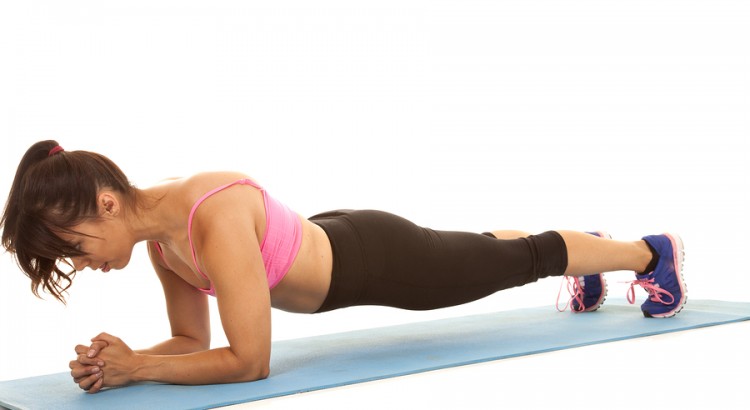Many novice martial arts practitioners don’t realize the need to strengthen their abdominal muscles. Perhaps they’re too engrossed in learning the basics of martial arts like kicking, striking, and poking. That’s fine, but strengthening the core can help any martial art practitioner in the long run.
One reason is that we don’t really use the abdominal muscles on a day to day basis. These muscles aren’t utilized regularly as say, the muscles on our arms and legs, which are harnessed regularly because we have to walk, run, and pick things up.
Strengthening the core muscles can improve one’s stability and balance which are important in the martial arts. For instance, you need to have a good balance in taekwondo as most of the kicks involving having one foot off the ground.
Also, core muscles like the obliques add power to punches and kicks. A punch begins with a push from the leg, with the force moving through the body, shoulders, arms then to the fist. Now if you have a weak core, the punch loses some of the force that the legs generated. On the other hand, having strong obliques would add to the power.
Another reason why you should aim to have a strong core is that it can protect your organs from damage, particularly the abdominal muscles.
Indeed, having a strong core can go a long way towards making you a very good martial arts practitioner. That said, here are some of the abdominal exercises that you should perform on a regular basis:
1. Crunches
To do the standard crunch, begin by lying on your back with the feet on the floor and your knees bent. Place your hands on the top of the thighs. Take a deep breath and contract your abs. Then lift your shoulders off the floor as you breathe out.
Once your hands reach the knees, stay in position for a second or two to allow you to “crunch” the abs. After you have breath out all the air, lower your shoulders to the floor and then breathe in. Repeat.
You can make things harder and more challenging by putting your hands behind your head. You can also hold at the top for a bit longer, like 10 seconds or more. Or you can hold a weight plate on your chest.
As much as possible, don’t take breaks in between the crunches. You should not aim to have as many crunches as possible. Remember that it should be about quality and not quantity. It’s better to have a set of 10 good crunches than 100 bad crunches.
2. Hanging Leg Raises
One of the most powerful core exercises, hanging leg raise not only train the abs but strengthen other muscle groups like the back, arms, shoulders and even the legs.
To do this exercise, you need a pull up bar. You should also have enough arm strength to hang from the pull up bar. Start the exercise by hanging from the high bar with a shoulder width overhand grip. Keep your knees straight as you raise your legs by flexing the hips. Once the knees are well above your hips, return to the original position.
Repeat this eight to 10 times for one set.
In doing this exercise, you should engage your abs muscles and not the legs. Hence you should get your power from the core and not cheat your way by getting force from your legs.
3. Plank
This exercise is a good warm-up for both the crunches and hanging leg raises. To do this, start by lying face down on the floor, and your elbows by your body. Your hands should be parallel to your face.
Bend your elbows about 90 degrees, resting your body weight on your forearms. The elbows must be directly beneath the shoulders, with your body forming a straight line from the head to the feet. Hold the position for at least two minutes.
You can make it harder by having someone put a weight plate on your back. You can also lift one arm or one leg off the floor while keeping your shoulders flat.
These are just three of the exercises that you can do to develop a stronger core. There are other core exercises that you can try like hanging knee raises, alternate arm and leg raises and rollouts.
Remember that you have to listen to your body. If it aches too much after an intense core training, then you have to rest as you have likely pushed your body to the limit. You must also see to it that other parts of the body like the back or legs don’t hurt when you do the aforementioned exercises. If it does then you’re probably doing the core exercises wrong.
You should also maintain a good diet, one that is rich in protein, to be able to have a strong core.
